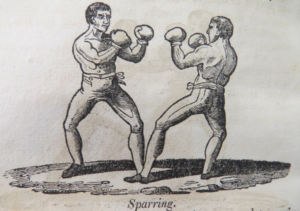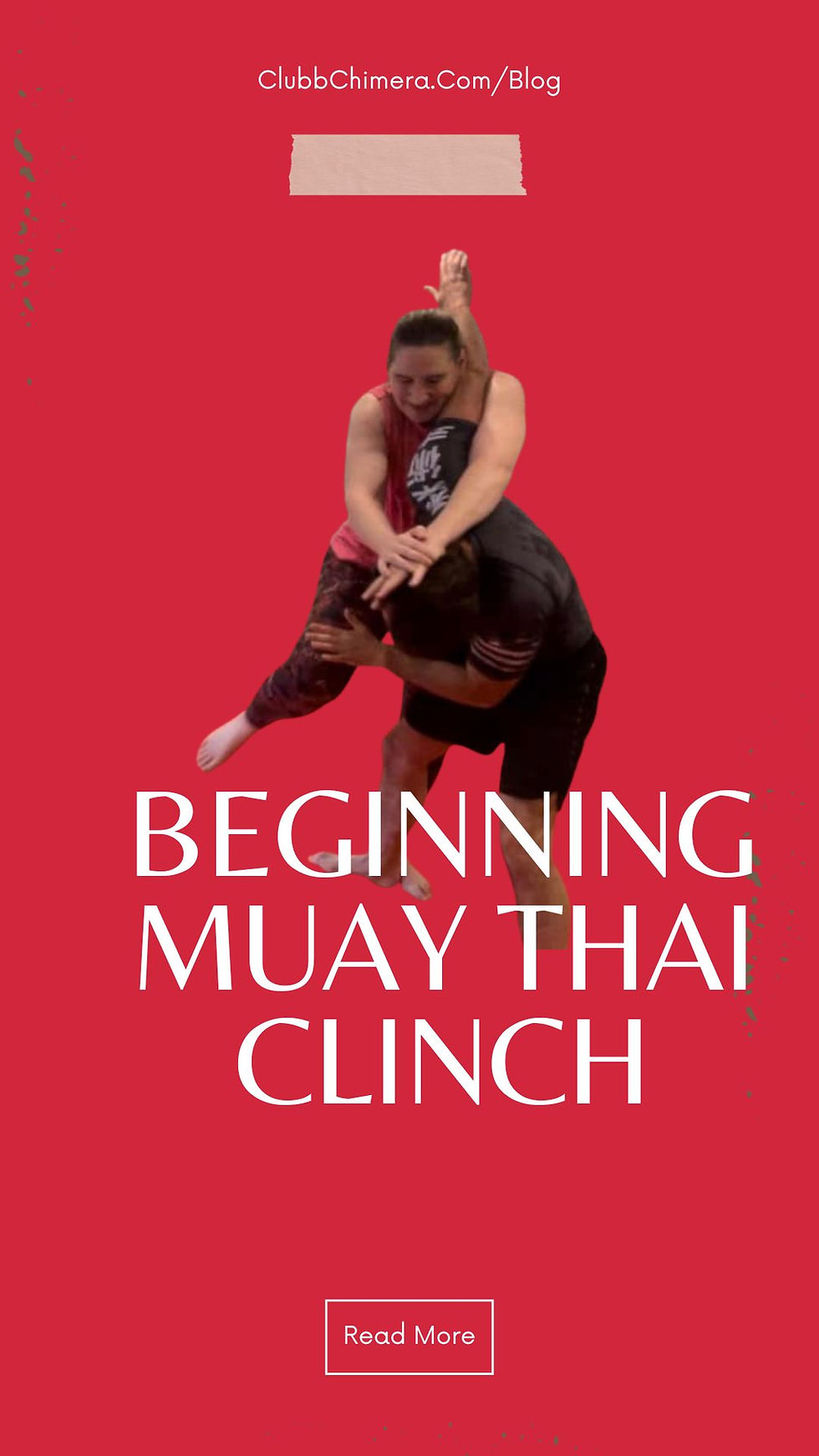Deconstructing Basics (diary entry)
- jamie03066
- Mar 5, 2021
- 3 min read

02.03.21 Work continues in my teacher consultancy regarding the progress of sparring/pressure-testing for grades, especially but not exclusively to child students. As my progressive and proactive client suggested, we began at the beginning and looked at where and how sparring should be introduced. Key things to consider would be that gradings would not be a test for everything. A club does not have to have sparring in the first grading and yet students by this stage can be accustomed to a training environment where resistance-based training is the norm. I would certainly encourage this, but I still think that certain forms of specific sparring/pressure-testing should be included from the first grade to establish the "live" element. Brief Overview of Practical/Progressive Strike-Based Traditional Martial Arts Several mainstream traditional martial arts such as karate, taekwondo and some Chinese martial arts adopted what has come to be referred to in the practical karate world as "Three K Karate". What this means is that solo forms, basic techniques and sparring/free-fighting are all kept apart and share little to no relationship with one another. This approach has been overwhelmingly common in the traditional martial arts world to the extent that far more clubs use it than don't the world over. Pure combat sport clubs from fencing to submission grappling to boxing teach techniques and drills that can be transferred with little explanation to sparring and make up the entirety of the art. An increasing number of strike-based traditional martial arts clubs became and are becoming sceptical of the chosen form of sparring that is being taught, moving more towards full contact combat sports that at least give their students a greater leval of physicality that is remiscent of self-defence. Still others in the practical/progressive field have turned back to the root of their arts before competition was introduced and sought to simply pressure test their techniques, techniques that are represented in their solo forms. This entire process arguably brings traditional martial arts closer to the combat sport model. However, it can never truly replicate this model because the objectives of traditional martial arts and systems focused on self-defence are quite different. Self-Defence Paradox Some traditional martial arts were created as systems for civilian self-protection. However, since their earliest days they have changed and much of that change has created their identity. It is understandable that practical traditional martial artists have a difficult balancing act in trying to stay true to the original intentions of their art's founders whilst also wishing to retain its historicity. Some choose to mix modern self-protection education, including many advances not available to the founders, with the original aspects of the art or within the framework of that art. Others like to make a firm separation. Self-defence pressure-testing is a tricky area to cover. You can never truly replicate non-consensual violence in a way that is sustainable. Scenario work is important, but it becomes too easy to be drawn into a type stage management as teachers desperately try to recreate new scenarios whilst balancing the safety aspects. This often stretches matters so thinly that principles get thrown out in favour of unique defences to new scenarios. A better way is to have a series of asymmetrical pressure-testing situations that test and reinforce universal principles. The next problem is that even these asymmetrical pressure-tests become a form of sparring where students will unconsciously begin taking advantage of their environment or the conditions they are training under. Self-defence training should have constant and robust yet simplistic principles This is why it is better for practical martial artists who want to have good self-defence skills to priorise with their self-defence pressure tests but to train more in combat sports! Combat Sports and Attribute Training Full contact combat sports - typically boxing, wrestling, kickboxing, submission fighting and MMA - provide martial artists with a huge sandbox to research and develop techniques. Over time many individuals have been able to apply improved techniques to real life altercations. John Anderson's left hook, for example, was developed from modern gloved boxing rather than 19th century pugilism, which had staunch self-defence supporters in its time. Overall, however, it is the regular engagement in these sporting activities that helps keep students conditioned to a combative pursuit. My advice to any traditional practical martial artist is to first introduce simple principle-based activities using the asymmetrical fightimg model. Use these to help develop and pressure-test techniques taken from solo forms and line-work - after all that was their original purpose - and then a bit later start bringing in MMA, first in its separate components and then as an art in its own right.













Comments